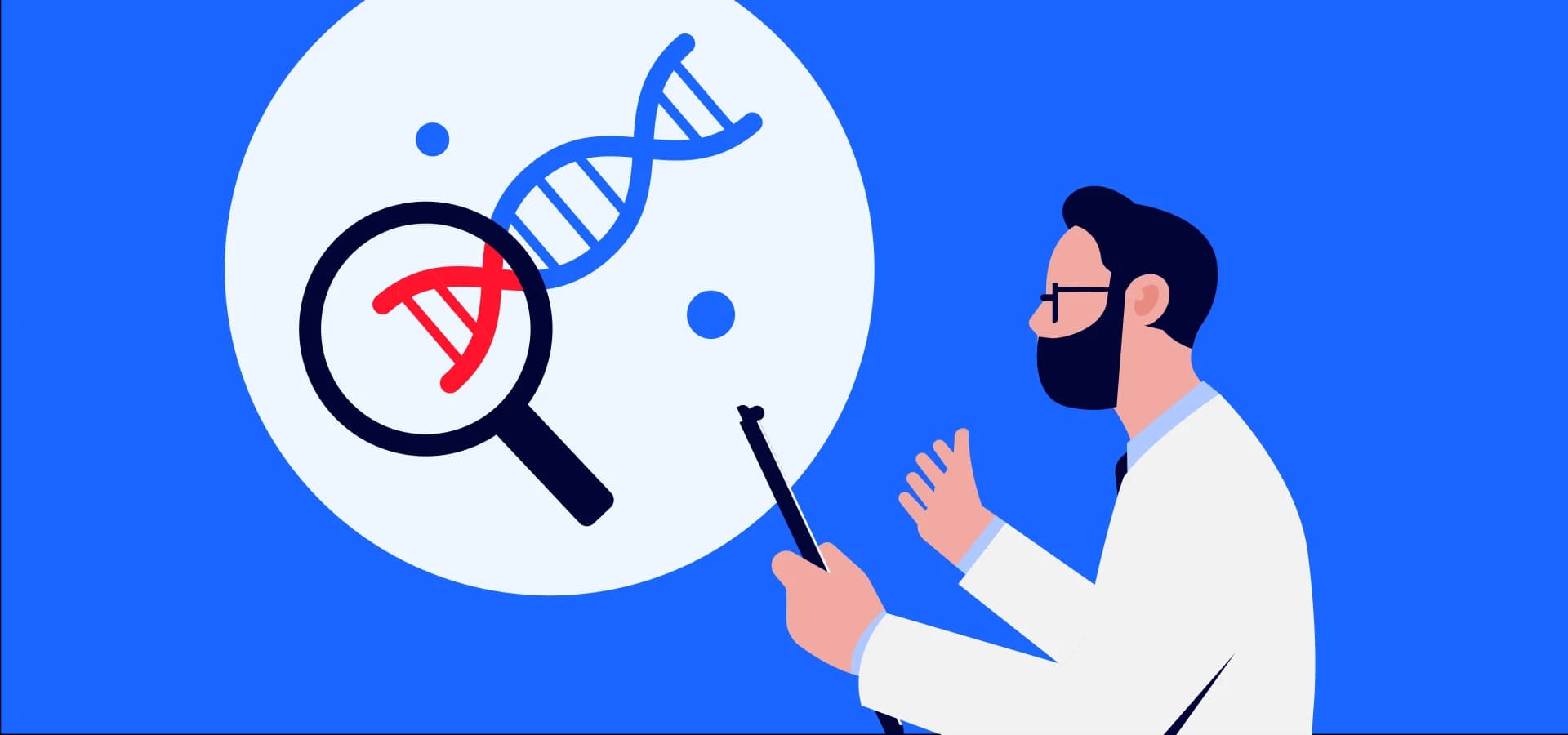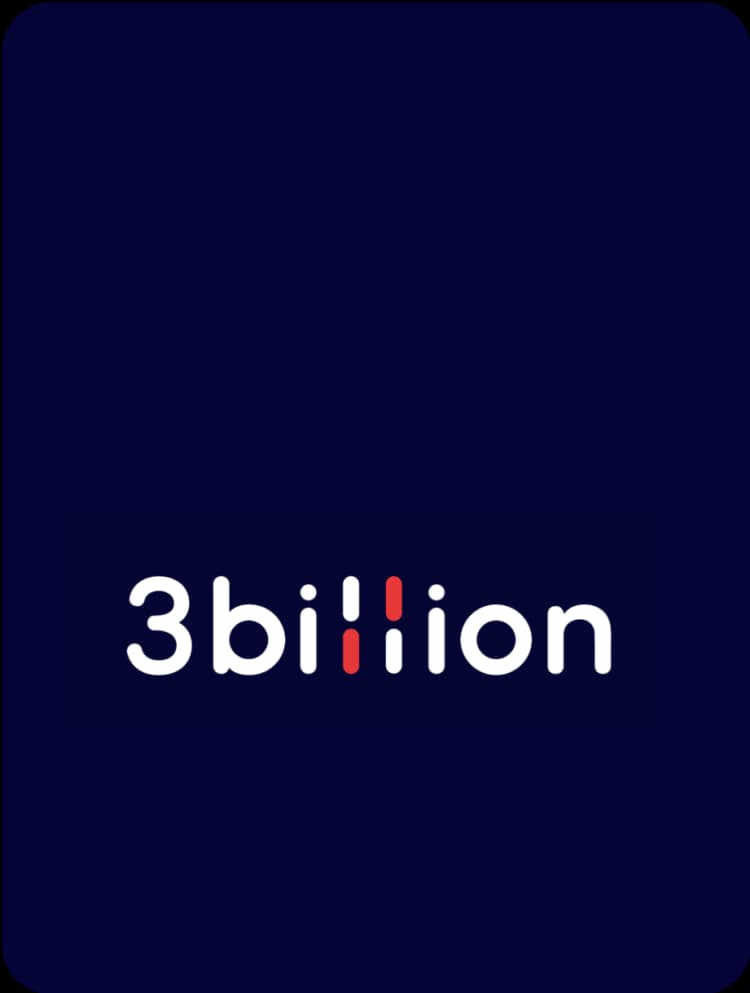How are pharma and rare disease diagnostic companies collaborating?
- Insights | 22. 01. 14

There are more than 7000 types of rare diseases that have been identified so far, and only about 5% of them have a treatment. However, recently, there has been a lot of interest in the pharmaceutical market for rare disease drug development. As of 2020, 58% of FDA-approved drugs are orphan disease treatments, and more than 500 orphan drug designation approval requests have been made every year since 2016.1 The reason that pharmaceutical companies are showing such high interest is that it has a social meaning of providing treatment to patients with rare diseases for which there is no treatment, but also because it can bring high profits. Thanks to the Orphan Drug Act, the cost of developing new drugs is low, drug prices are high, and it is easy to obtain a monopoly on the treatment of the disease. The average annual cost of a rare disease treatment is $123,543, which is 25 times higher than non-rare disease drugs, and the profit rate is over 80%, which is significantly higher than the pharmaceutical company average rate of 16%. 2
Figure 1: Annual Cost of Drugs at Launch by AHIP
Partnerships between pharmaceutical companies and diagnostic companies are being strengthened, because it is important to identify the genetic cause in order to prescribe treatments for rare diseases. There are more and more cases of diagnostic companies and pharmaceutical companies announcing partnerships, or even pharmaceutical companies acquiring genetic diagnostic companies. I will introduce noteworthy partnerships in the field of rare diseases between pharmaceutical companies and diagnostic companies and explain why such cooperation is important.
Patient Discovery For Rare Diseases
A major challenge for pharmaceutical companies developing treatments for rare diseases is finding the right patients for treatment. According to a survey published by the EveryLife Foundation,3 patients with suspected rare diseases go through a diagnostic odyssey, seeing an average of 16.9 doctors for 6.3 years before being diagnosed.

Figure 2: The National Economic Burden of Rare Disease Study by EveryLife Foundation
Early diagnosis allows patients to receive appropriate treatment sooner and allows pharmaceutical companies to sell more treatments. Because 80% of the causes of rare diseases are genetic, pharmaceutical companies are working with genetic diagnostic companies to conduct more rare genetic disease tests.
The most common way of collaboration is where the pharmaceutical company provides the cost of genetic testing for the patient, and the diagnostic company provides the testing service. Rare disease groups related to the disease also participate in partnerships to actively promote genetic testing.
Examples include the following cases.
- X4 Pharmaceuticals and Invitae Collaborate4 to Support Diagnosis of Congenital Neutropenia
- Takeda Group’s Baxalata and PerkinElmer collaborate5 to support LSD-Related Diagnosis in India
- PTC Therapeutics and Invitae Collaborate6 to support diagnosis of Cerebral Palsy
- GeneDx and Krystal Biotech Collaborate7 to support diagnosis of Rare Skin Disease
Through cooperation, pharmaceutical companies can expect higher profits by discovering patients earlier and selling treatments earlier, and diagnostic companies can receive costs for the diagnostic services and collect genomic data from patients. As pharmaceutical companies and diagnostic companies share supply chains, there can be a synergistic effect in terms of sales and marketing. This type of collaboration can be the most effective method in early stages, as both pharmaceutical companies and diagnostic companies can see large effects for relatively small inputs.
Companion Diagnostics(CDx)
The FDA defines CDx as a device8 capable of identifying patients most effective for a particular treatment, or those at high risk of side effects. With the development of precision medicine and personalized medicine, the role of CDx is becoming more important in prescribing appropriate treatment to patients who need it. Since the first CDx that was approved in 1998, by 2020, 44 CDx’s have been approved, of which 35 have been approved in the past decade.9
Figure 3: FDA approval of companion diagnostic (CDx) assays by year
The FDA has recently favorably supported the approval process for new drugs, including biomarkers,10 and it is expected that more CDx will be developed in the future.
Currently, most of CDx is concentrated in the field of oncology, but the role of CDx in rare diseases other than cancer is also attracting attention. The field of rare disease treatment can also be a wide area of precision medicine in that an appropriate treatment can be prescribed only when the exact genetic cause is identified and diagnosed. For example, cystic fibrosis (CF), one of the most common rare diseases, is associated with more than 2000 gene mutations, known to cause CF through different mechanisms. The introduction of genetic test-based CDx could increase the effectiveness of treatment by allowing the selection of a group of CF patients that a particular treatment may be effective for.11
In the area of CDx, the collaboration between diagnostic companies and pharma companies can reduce drug development costs and increase approval rates, as well as ensure the efficacy of drugs post-marketing. It can also be seen as a collaborative approach that benefits regulators, pharmaceutical companies, diagnostic companies, and healthcare providers alike, as it can provide a basis for doctors to prescribe appropriate medications in the clinical setting.
Drug Development
The process from developing a new drug to market approval is very complex and very expensive. It takes an average of 12-15 years and $1 billion.12 However, the success rate is only 10%. When pharmaceutical companies and diagnostic companies jointly develop new drugs, it can reduce costs and shorten the approval period. Studies have also found that drug targets with genetic support are more than twice as likely to be approved.13 Collaboration is possible in various areas during the drug development process from target discovery, clinical patient recruitment, and FDA approval. Among them, I will introduce a company that specializes in bioinformatics among diagnostic companies.
As their business grows, genetic testing companies accumulate data that can provide valuable insights for developing new drugs. Genetic information can provide a variety of insights depending on how phenotype and data are constructed. In 2018, 23andMe, a DTC service provider, shared customer genome data with GSK (GlaxoSmithKline) and received an investment of $300 million.14 The company discovered more than 30 new drug targets through data collaboration and jointly conducted clinical trials in July 2020.15
The actual expression of the genes in a person plays a decisive role for the development of new drugs. Because genomic information of patients with rare diseases contains detailed and important phenotype information, it provides very important insight for new drug development. It is important to accumulate enough genetic information for application, but it can be of great help to pharmaceutical companies in developing new drugs, so it can be seen as a collaboration method that can create great long-term value for pharmaceutical companies and diagnostic companies.
Conclusion
Within the structure of partnerships between genetic diagnostic companies and pharmaceutical companies, we can see that diagnostic companies are developing from an auxiliary role for patient discovery to a leading role providing insights for drug development through data analysis. A diagnostic company with a lot of data and data analysis technology is likely to be able to cooperate with pharmaceutical companies in various ways.
Pharmaceutical companies are also recognizing the value of genomic data and are taking more active steps to secure genomic data. Along with the merger and acquisition method of diagnostic companies, large-scale funding is occurring on the national level for genetic data collection, and efforts are being made to secure priority access to the data. Amgen, AstraZeneca, GSK, and Johnson & Johnson have invested $124m in UK’s Biobank project to gain priority access to genetic information of 125,000 people.16
As such, not only can pharmaceutical companies and diagnostic companies benefit, but patients with rare diseases can also through early diagnosis and development of therapeutics via various cooperative processes that reduce social costs. However, on the other hand, there are still issues that the social community must solve together, such as diagnostic credibility according to the interests of pharmaceutical companies and diagnostic companies, and profit distribution according to data ownership, privacy, and ethical issues. Companies will need to cooperate not only on activities that represent the interests of each group but also on activities that can resolve doubts and concerns in society as a whole.

References
- FDA. Rare Disease Day 2021: FDA Shows Sustained Support of Rare Disease Product Development During the Public Health Emergency
- AHIP. How Big Pharma Makes Big Profits on Orphan Drugs
- EverlyLife foundation. The National Economic Burden of Rare Disease Study
- Invitae. PATH4WARD
- BioSpectrum. Takeda India brings diagnostic program in support of rare diseases
- Genome Medical. PTC PINPOINT DIRECT
- GeneDx. Krystal Decode DEB
- FDA. Companion Diagnostics
- Jørgensen JT. The current landscape of the FDA approved companion diagnostics. Transl Oncol. 2021;14(6):101063. doi:10.1016/j.tranon.2021.101063
- FDA. Biomarkers at FDA
- Labcorp Drug Development Blog. Can we Expand Companion Diagnostics Beyond Oncology?
- Technology Networks. How Drug-Diagnostic Co-development is Shaping Discovery Research and Pharmacotherapy
- Nelson, M., et al. The support of human genetic evidence for approved drug indications. Nat Genet 47, 856–860 (2015). https://doi.org/10.1038/ng.3314
- Forbes. 23andMe Gets $300 Million Boost From GlaxoSmithKline To Develop New Drugs
- 23andMe Blog. 23andMe and GSK Begin First Clinical Trial with Cancer Therapy
- BioPharma. Pharma takes interest in genomics to next level
Do you find this post helpful?
Click the button below to copy and share the link.

Yeonho Kang
Passionate about innovation and problem-solving, leading global growth marketing at a genetic testing provider, making a meaningful impact in rare disease care.



